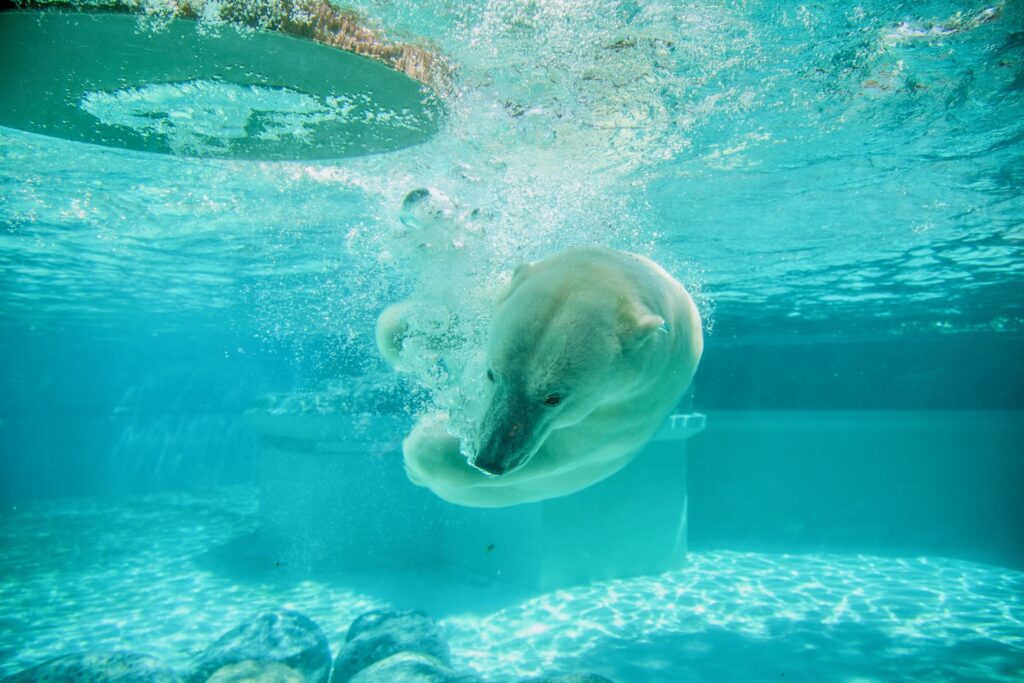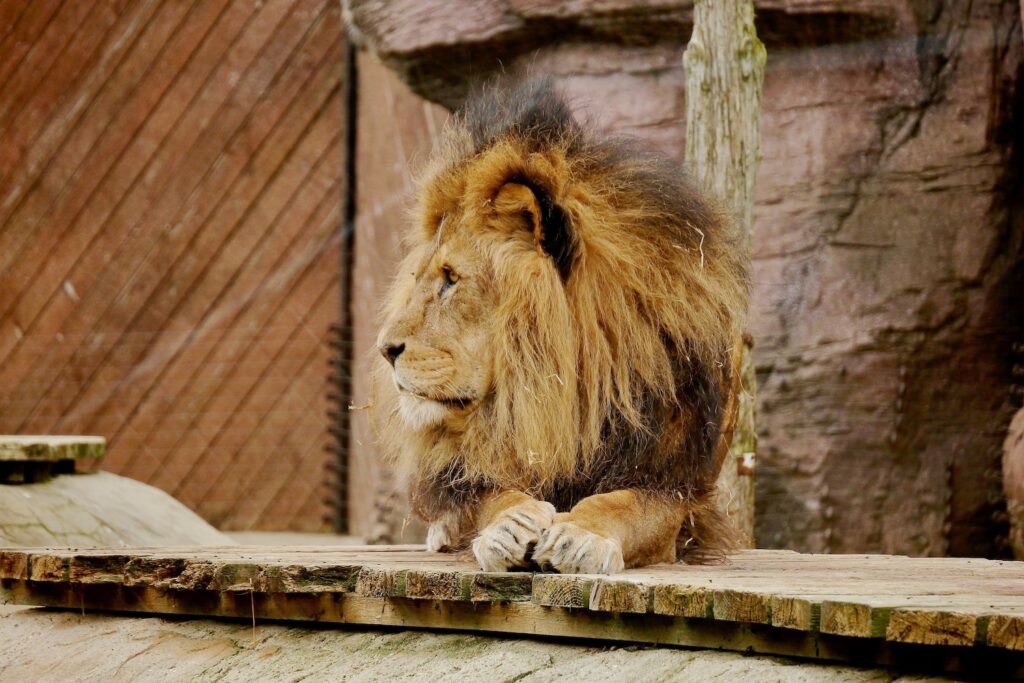
Zoos and aquariums have long been popular destinations for families and animal lovers alike. They offer an opportunity to see animals up close, learn about their behavior and habitat, and contribute to conservation efforts. However, in recent years, there has been growing criticism of these institutions, with many arguing that they are outdated and cruel. In this blog post, we will explore why zoos and aquariums are becoming increasingly controversial and why it is cruel for animals to be caged up instead of in their natural environments.
I went to the zoo many times when I was a little girl, and in adulthood, and I even volunteered at the Seattle Aquarium for eight months about 10 years ago. But zoos and aquariums are making me very uneasy now.
Zoos and aquariums were first established in the mid-18th century as collections of exotic animals kept by wealthy individuals. They were later opened to the public as a form of entertainment and education. Today, there are thousands of zoos and aquariums around the world, some of which are accredited by organizations such as the Association of Zoos and Aquariums (AZA) and the World Association of Zoos and Aquariums (WAZA).
Despite their popularity, zoos and aquariums have come under fire from animal rights advocates and conservationists who argue that they are outdated and cruel. One of the main criticisms is that animals are kept in cramped and unnatural living conditions that are not conducive to their physical and mental health. Many zoos and aquariums keep animals in small enclosures or tanks that bear little resemblance to their natural habitats. This can cause stress, anxiety, and other health problems for the animals, which can lead to shorter lifespans.
In addition to the physical and mental health problems caused by captivity, there are also ethical concerns about the use of animals for entertainment. Some critics argue that zoos and aquariums treat animals as commodities to be bought and sold, rather than as sentient beings with their own rights and needs. They argue that animals in captivity are deprived of their natural behaviors, such as hunting, mating, and migrating, and that this is a form of cruelty.
Another criticism of zoos and aquariums is that they are not effective in promoting conservation. While many institutions claim to be working to conserve endangered species, some conservationists argue that this is little more than a PR tactic. They argue that captive breeding programs have a low success rate and that the money spent on keeping animals in captivity could be better used to protect their natural habitats.
So, what is the alternative? Critics of zoos and aquariums argue that animals should be kept in their natural environments, where they can live and thrive as nature intended. This means protecting and restoring their habitats, reducing human-wildlife conflicts, and implementing conservation policies that prioritize the needs of animals and their ecosystems.
There are also alternatives to traditional zoos and aquariums that seek to promote conservation without keeping animals in captivity. One example is the concept of “virtual zoos,” which use technology to provide immersive and educational experiences about animals and their habitats. Another alternative is to focus on eco-tourism, which allows visitors to observe animals in their natural environments while supporting conservation efforts.
In conclusion, while zoos and aquariums have played an important role in educating the public about animals and their habitats, they are becoming increasingly controversial due to concerns about animal welfare, ethics, and conservation. Critics argue that keeping animals in captivity is cruel and outdated and that alternatives such as eco-tourism and virtual zoos should be explored. Ultimately, the welfare of animals should be the primary consideration when deciding how to best promote conservation and educate the public about the natural world.
Thanks to the contributors on Unsplash for these images.


